Make For The Planet 2018 Coverage by Seeed Ranger
This June, Seeed collaborated with Conservation X Labs in the “Make For The Planet” event in Borneo Malaysia. We are happy to be a part of this exciting and meaningful journey, by providing Seeed products and onsite tech support. However, this time, we did not send a Seeed employee as on-site tech support, we are super happy to have our community partner, aka. Seeed Ranger, John Henry to participate and provide support to the teams. Here you can see very detailed coverage from our Ranger John Henry’s perspectives.
“Make For The Planet BORNEO” is a workshop hosted by Conversation X Labs at the IMCC5 on June 24-29, 2018. On its official website, it’s introduced as “a team competition/ hackathon to create hardware and/or software solutions to specific conservation challenges”. It’s such a great pleasure that I could attend M4TP (short for Make For The Planet) as a mentor. As a Seeed Ranger, my task is to provide tech support to teams who use Seeed products or other hardware/software.
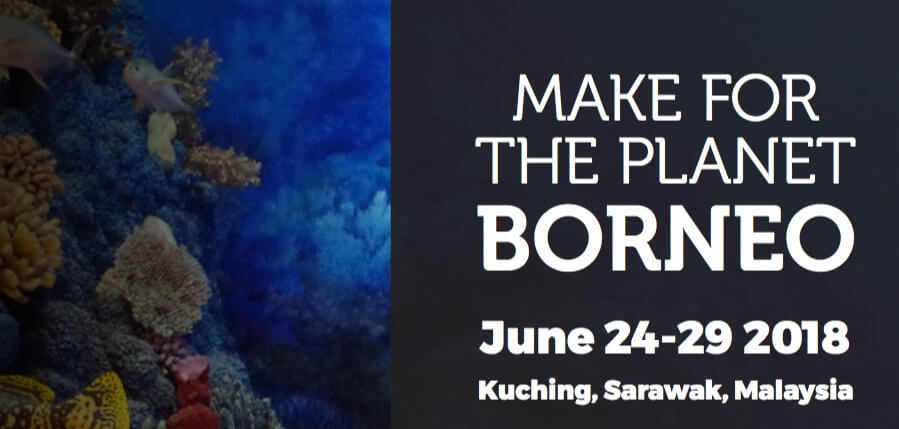
Violet, Community Manager at Seeed chose 27 types of modules including controllers, sensors, actuators, storage, screens and other modules from Seeed to support this event. To ensure a good preparation for the event, she is considerate & let me test every component before the event. Even though I know we couldn’t predict all the needs, it’s never too much to prepare. The other good thing is every team also prepared components for their own projects respectively.
I flew out of Shenzhen on June 23th and it was almost midnight when I landed at Kuching International Airport. Kuching is in the same time zone as China, so no jet-lag problems! Meanwhile, I was really excited about the upcoming event!
I arrived at the venue at 8am the next day (June 24th), to meet Barbara Martinez, Open Innovation Director at Conservation X Labs. Barbara is in charge of the whole event, and we’ve only communicated via email and Whatsapp previously. I wanted to meet Barbara and her team in person, to ensure that I’d be able to provide as much support as I could.
M4TP took place at IMCC5 (International Marine Conservation Congress) at Waterfront Hotel, which is next to the beautiful Sarawak River. The hotel is decorated with amazing paintings of local artist NaRong Daun. All the paintings are based on the flora and fauna of Borneo, which is acutely & smartly related to the theme of M4TP in marine conservation and environmental protection!
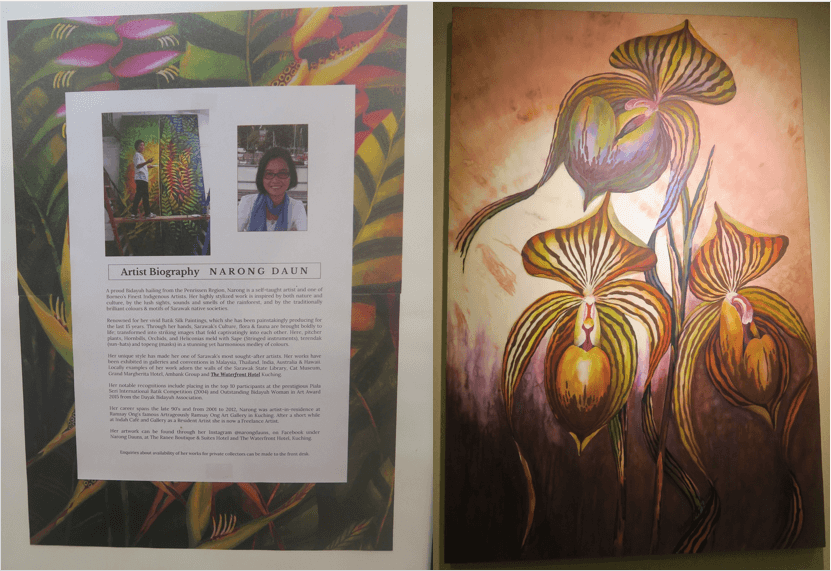
When checking in, I received an interesting badge with a hempen cord. Coffee, tea and other beverages were prepared, enthusiastic & professional staff were on site to provide support and guidance for participants before the forum of IMCC5 started at 9am.
IMCC5 is a huge International conference, with experts of Marine Conservation gathering to find solutions to protect the ocean, the flora, and fauna as well as people whose life is interdependent on oceans. In my opinion, this is a noble behavior: people began confronting our own natural instinct and short-sightedness and look for solutions for sustainability and long-term interests for both environment and human beings. This atmosphere also triggered me to think deeper about the meaning and values of the event!
After checking in, I went inside to look for the workshop area of M4TP. And it’s an open space, with one end as the stage and the other end as the relaxing area. The first glance of the comfortable environment gave me an impression that this hackathon might not be as intense as the previous ones I participated. However, this proved a complete mistake in the following days. Will share more details later.
I met Stephanie Santoso when she was talking with participating teams. I was really impressed when I learned about her efforts as the Senior Advisor for Making during the Obama administration. After communicating with Barbara and Stephanie, I also got more clear info about the event schedule and my tasks. Since the event would officially start on June 25th, the morning of 24th was mainly for the teams to prepare, and I also had some spare time. I met Ivan Ling, a local of Kuching, currently a Ph.D. student at Southampton University. I really appreciate his hospitality in showing and sharing with me interesting things about Kuching. Ivan has strong skills in electronics and had done research about Graphene. Speaking fluent Chinese and a Seeed Ranger applicant help connect Ivan with me even more!
When we went back to the venue in the afternoon to prepare for the work in the afternoon. Barbara kicked start the workshop with a warm-up, followed by a brainstorming session, and a sharing of design thinking. The participants proposed very interesting and creative ideas in the afternoon. And I noticed the diversified elements in participants, with students, startups, full-time employees, young and seniors from east and west. This event was no doubt a gathering of global citizens, with a theme of “Make For The Planet”, which is super cool!
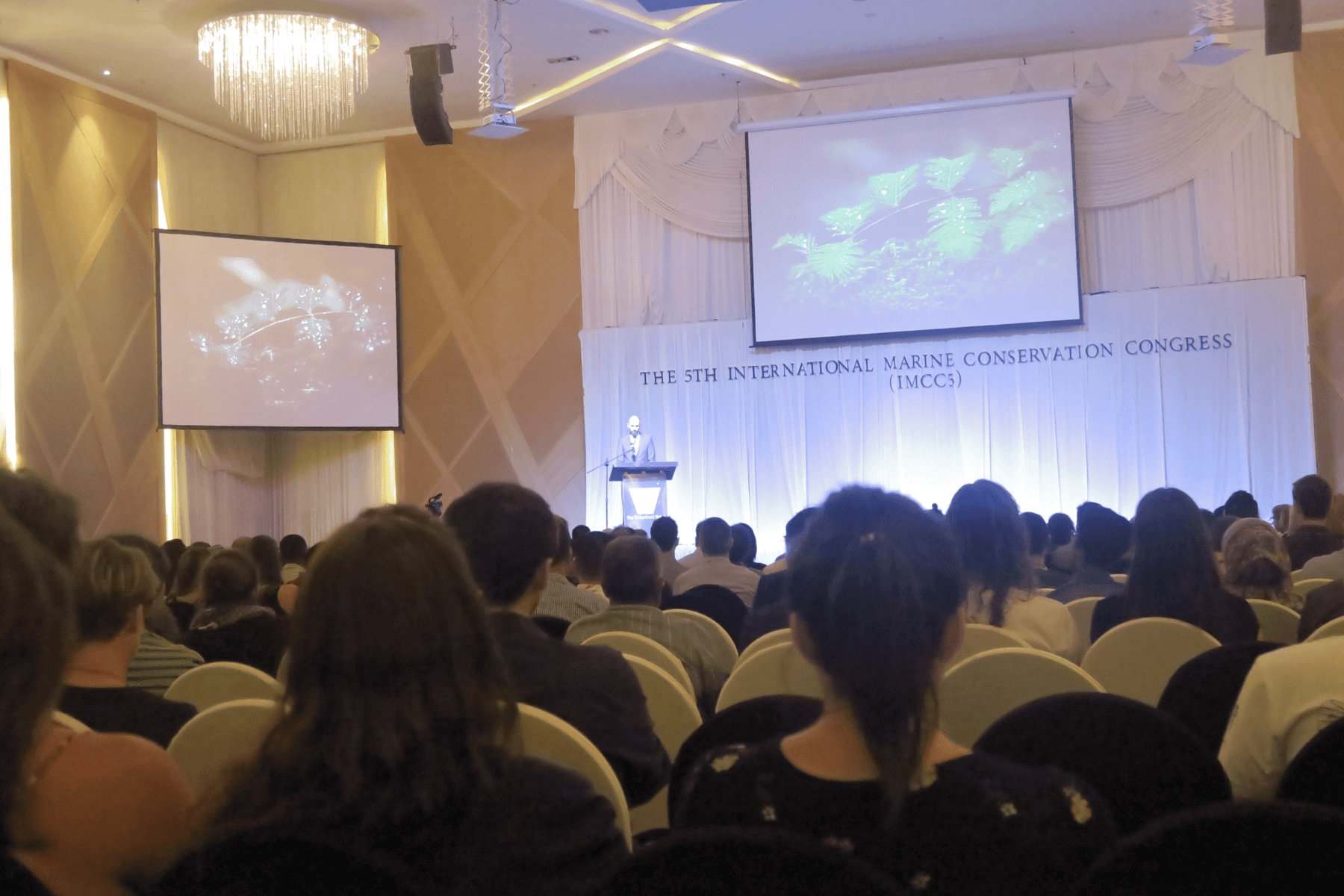
In the evening, there was an Opening Social, hosted at the pleasant bank of Sarawak River, where participants gathered to share food and insights with like-minded people for the planet earth. I couldn’t help wondering: if the event was hosted in a place with a terrible environment, how could we enjoy the gathering?
On June 25th, the 5 challenges were released. Please stay tuned. I’ll introduce the experts behind the 5 challenges in the next blog.
In the morning of June 25th, all participants gathered at the main venue of IMCC5, awaiting for the presenters to introduce the 5 challenges.
The first speaker, Dr. Andrew Thaler is a deep-sea ecologist, marine science and conservation consultant, who personally manages several marine-conservation-related websites, has developed a 3D printer for special materials, an ROV (remotely operated vehicle) and some other marine conservation tools. Wearing a black beard, Andrew gave his company the name “Blackbeard Biologic“. The challenge he presented was “Reducing Ghost Gear“. Ghost gears are tools used by fishermen and cast away when it was unusable. The fishermen might not have realized the damages these ghost gears would cost for the ocean life. However, when you see the astonishing pictures, I think you’ll feel the pains as well.
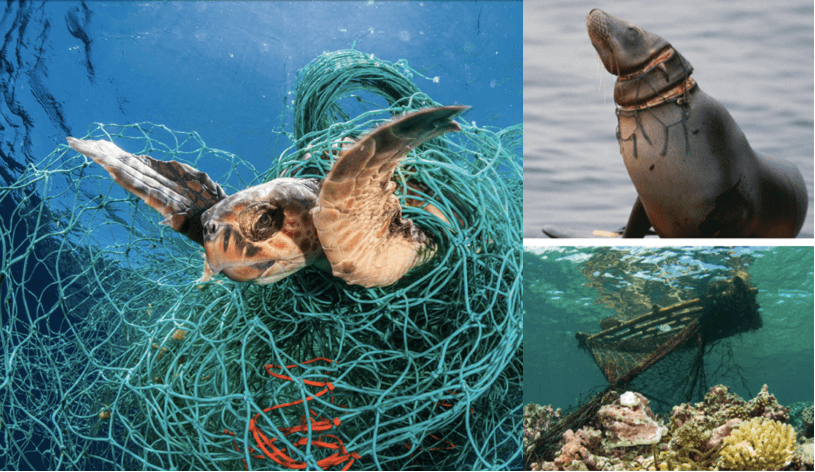
The second speaker is Tom Moore, and the challenge he presented was “Restoring Reefs Everywhere: Scalable design innovations to restore coral reefs“. Under the heavy influence of pollution and over-fishing on the ocean ecosystem, the number of coral reefs decreased tremendously. And marine conservation scientists have been striving to restore reefs. However, planting coral reefs are slow in the traditional way. Hence, we need to design an extendable and deployable solution for planting the coral reefs. I met several experts in this field and learned from them that is no easy task. Since the coral reefs provide food and habitats for sea animals and at the same time help optimize the water quality, it is actually helping build a mini ocean ecosystem when planting coral reefs. Several teams were interested in challenging for solutions to solve the problems of planting coral reefs. Tom also shared several methods of planting coral reefs.
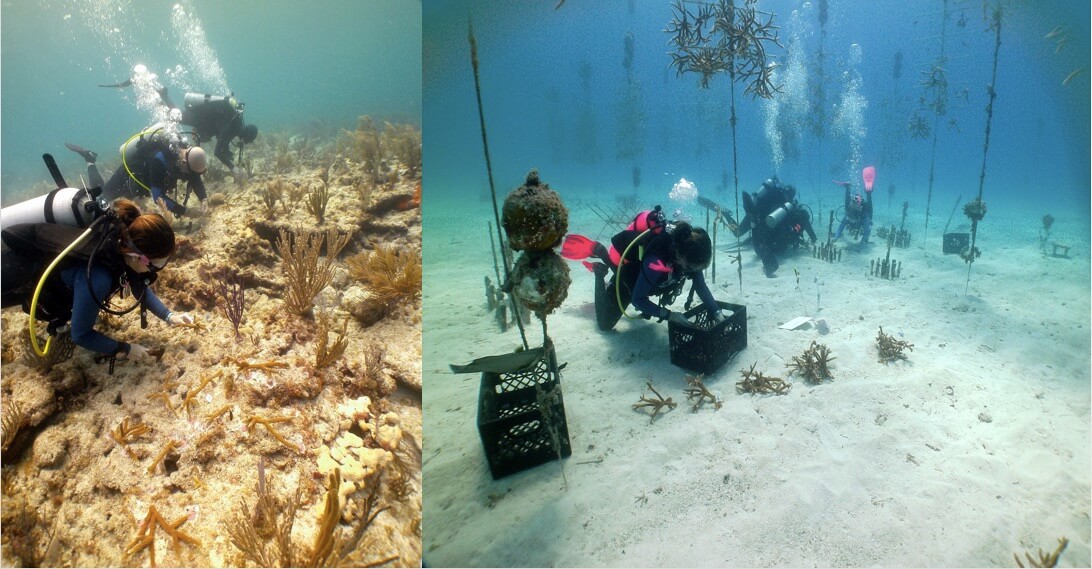
The third speaker is Dr. Muhammad Hafiz, a Media Artist from Malaysia. The topic of his speech is “Beat Plastic Pollution“, which is also a challenge of the event. From his speech, Dr. Muhammad Hafiz showed some data, including that China produced the largest amount of waste in plastic, paper, and fabrics, which are categorized as the 24th solid waste. And surprisingly, Malaysia is the 2nd largest. Have a look at all the waste created in the takeaway food industries, especially in large cities, there is no doubt we need to take actions!
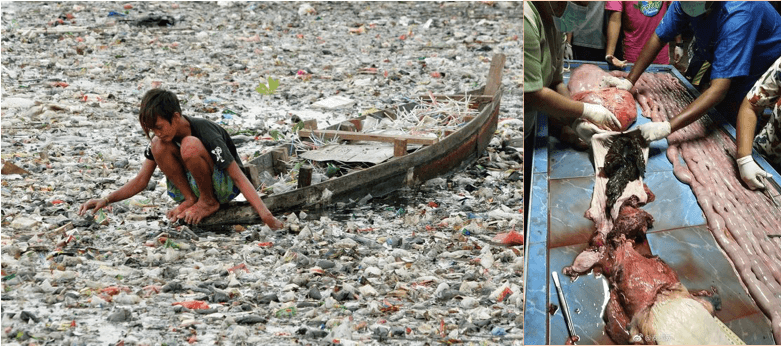
Of course, the problem of plastic waste does not rest on the land but also put threats into the ocean as well. As a global problem that has lasting impacts, it’s universally recognized that the solutions to this problem are: reuse it or refuse it. During M4TP event, there are also several teams dedicating in tackling this challenge.
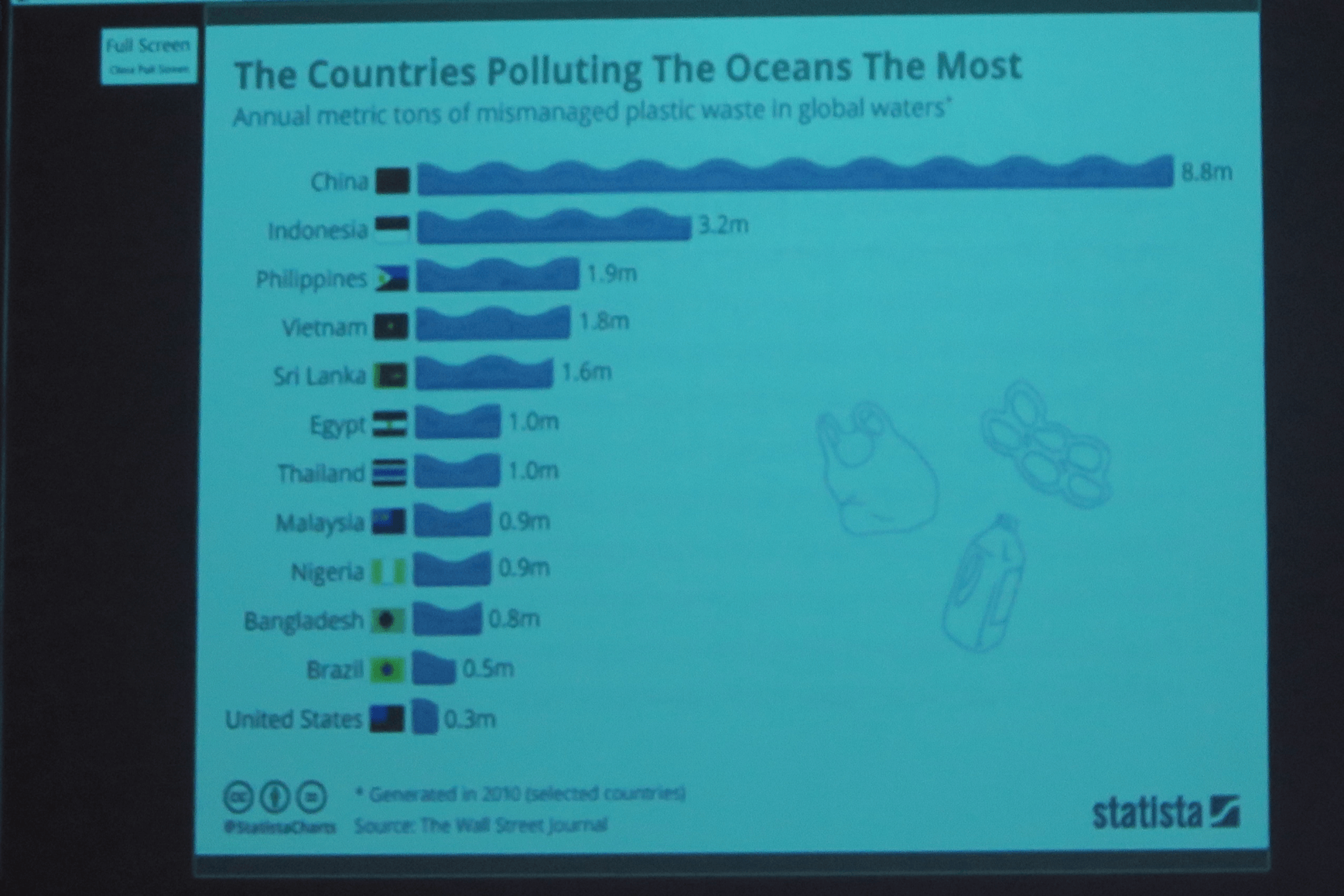
Marc-Olivier Roux, a passionate and enthusiastic mentor, presented yet another challenge “Transforming Traceability: Incentivizing catch documentation for global fisheries stability“. He firmly believes that information & technologies such as blockchain can help solve the problem of overfishing. He mentioned that over 1/3 of fish stock were over-exploited, and most of them happened in south-east Asia. This problem might be solved by tracking the time and area of fishing, and Fishcoin is one of the examples that trace the transportation and sales of fisheries.
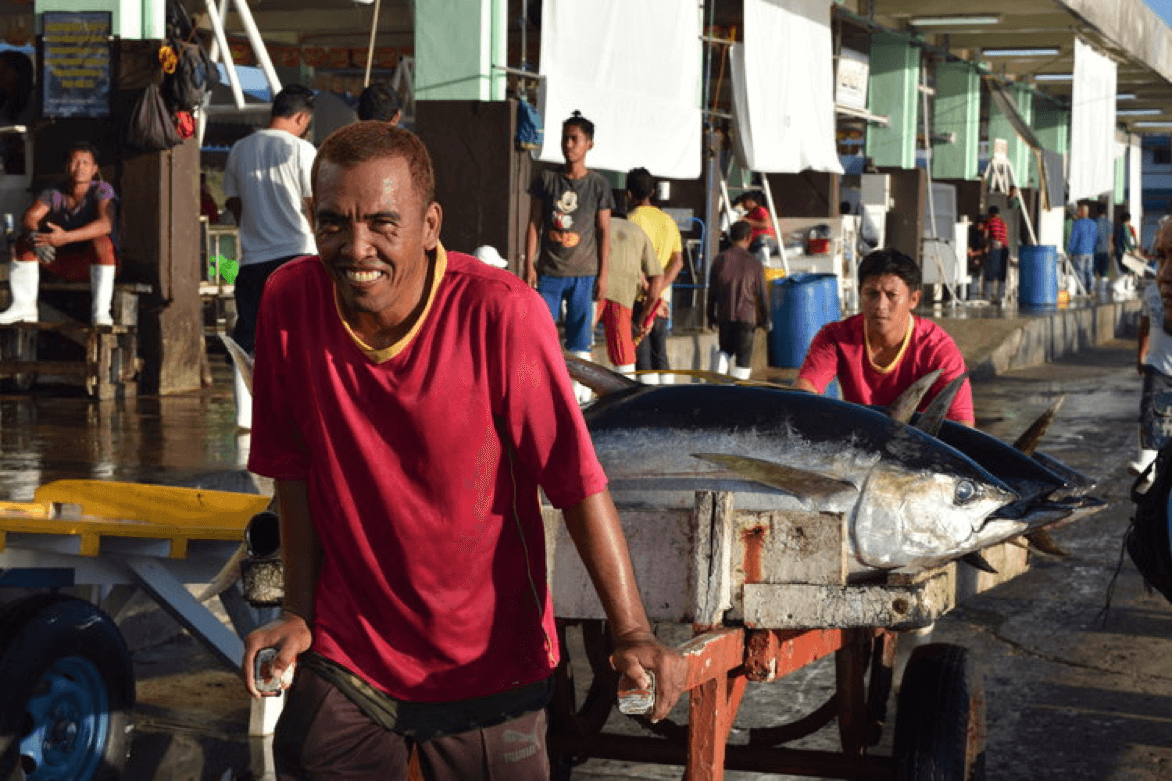
The last challenge “Rethinking, reframing, re-imagining the idea of ocean conservation: Marine Protected Areas to ensure a vibrant future” was presented by Dr. Jean, who is an American environmental scientist and marine ecologist. It used to be simple to set the MPAs (Marine Protected Areas), because the ocean was not as accessible as it is today, and human activities did not have big impacts on the ocean. While the scientific & economic development advances human’s endeavor in fishing, mining etc., it also brought destruction and devastation to ocean resources. To make sure the sustainable development in the ocean environment and resources, we have to set up Marine Protected Areas (MPAs).
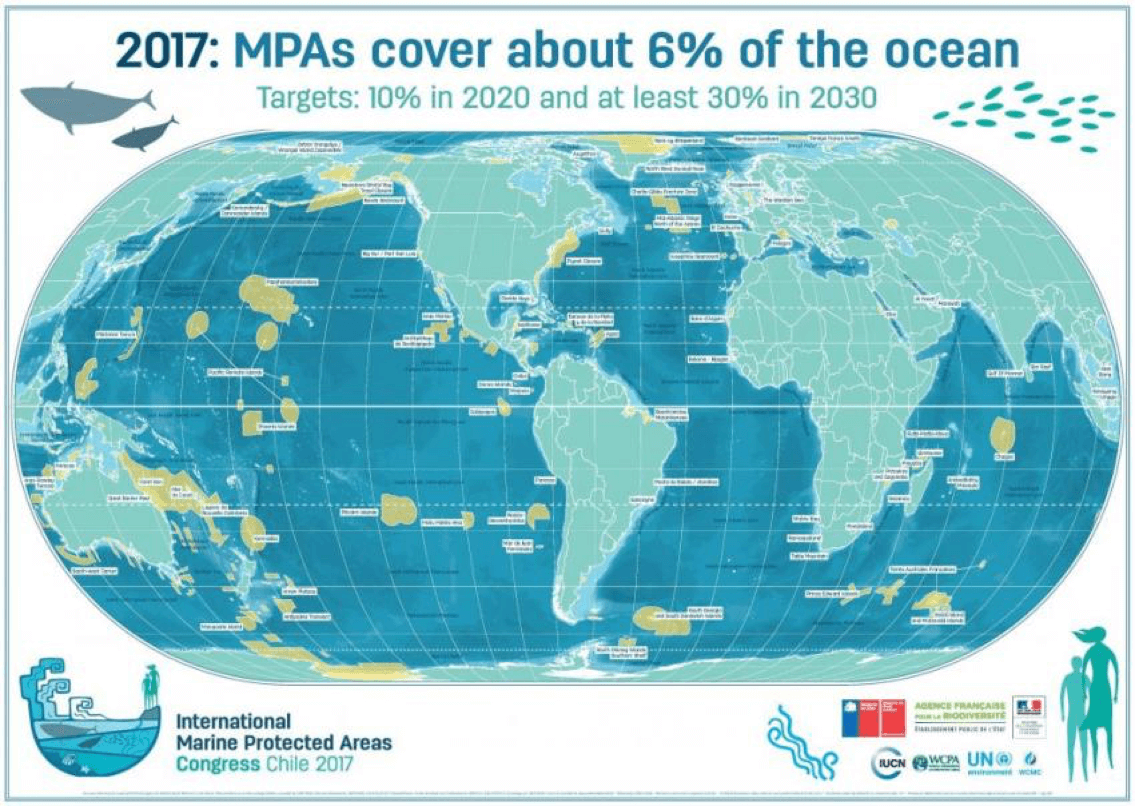
Dr. Jean mentioned that “The concept of MPAs is not new – the first one on record was in 1888. Nonetheless, until about a decade ago, only 1% of the ocean was in any form of protection and less than 0.1% was fully protected from extractive activities. Over the last decade, there has been a major push to create more protected areas; we now have about 4% designated as an MPA and about 2% are fully protected. Countries have pledged to set aside 10% by 2020; scientists say we need at least 30% set aside in MPAs.” Our future relies on a healthy and resilient ocean eco-system.
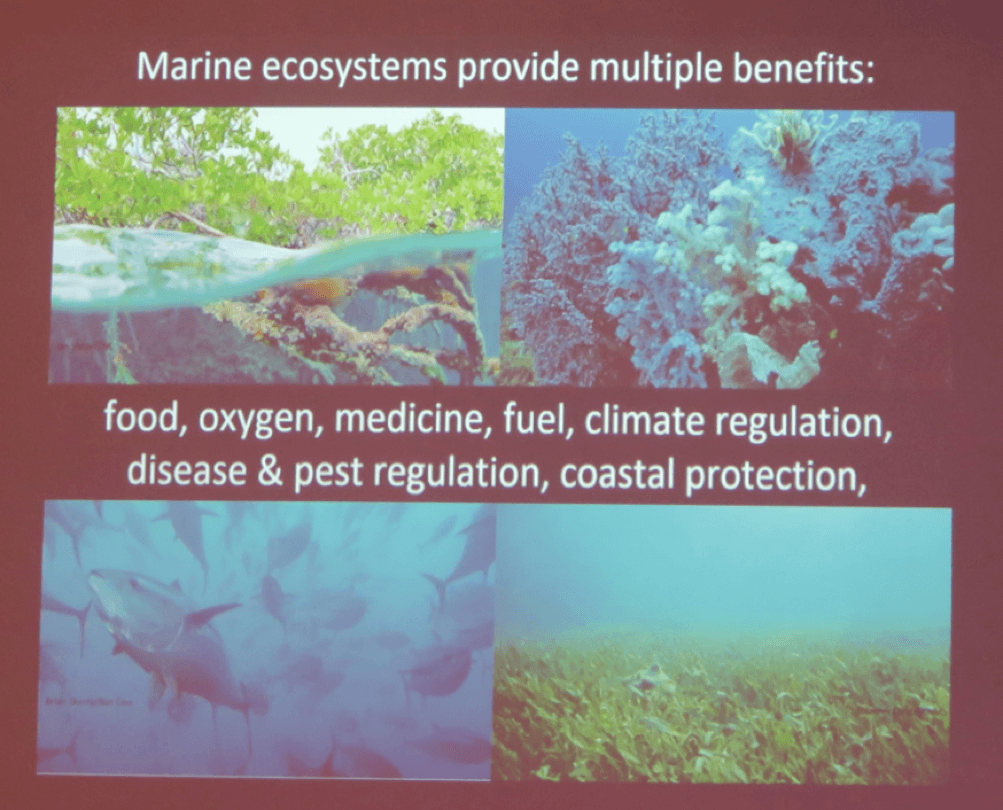
However, MPAs are constrained by three major factors in public opinion:
- Lack of awareness about the low area coverage of MPAs;
- Lack of knowledge and awareness of massive conservation benefits of fully protected MPAs;
- Lack of knowledge and understanding that those benefits spill out to adjacent areas and help make the oceans more resilient.
Hence it’s been a matter of utmost urgency to protect the ocean, and 6 teams out of the 15 teams chose to tackle this challenge during the M4TP event!
After the release of these 5 challenges, there was a Q&A session for the teams and other participants to interact with the speakers. The speakers were very patient and elegant in answering all the inquiries, questions and concerns.
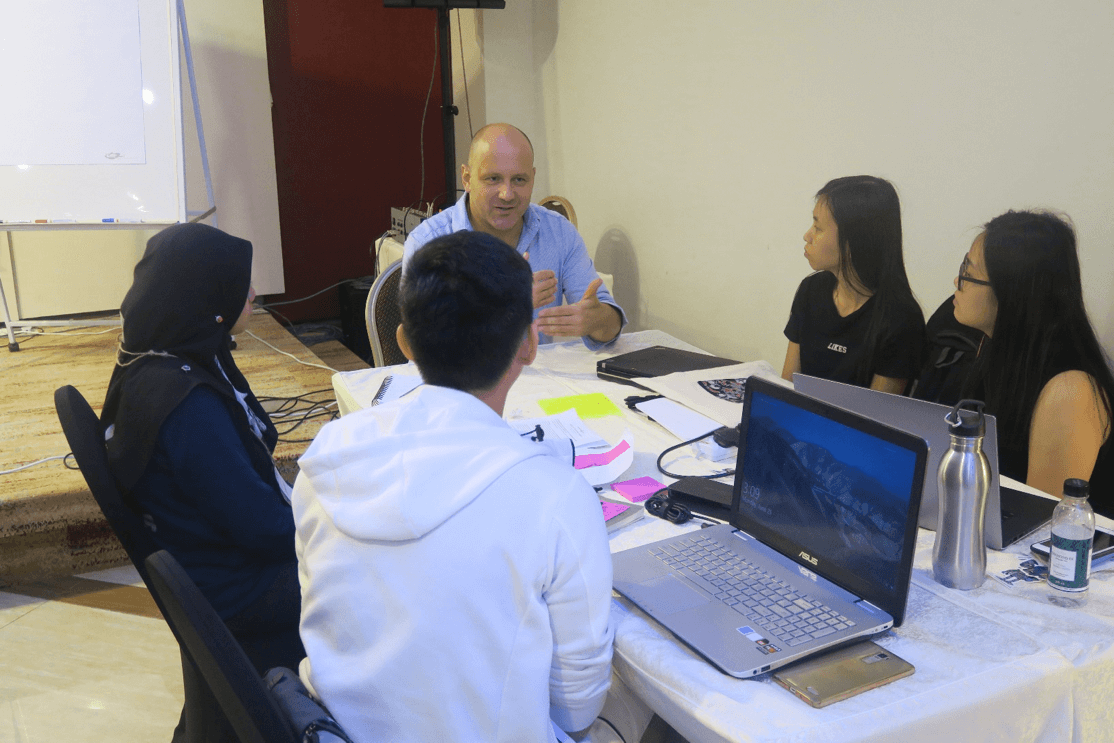
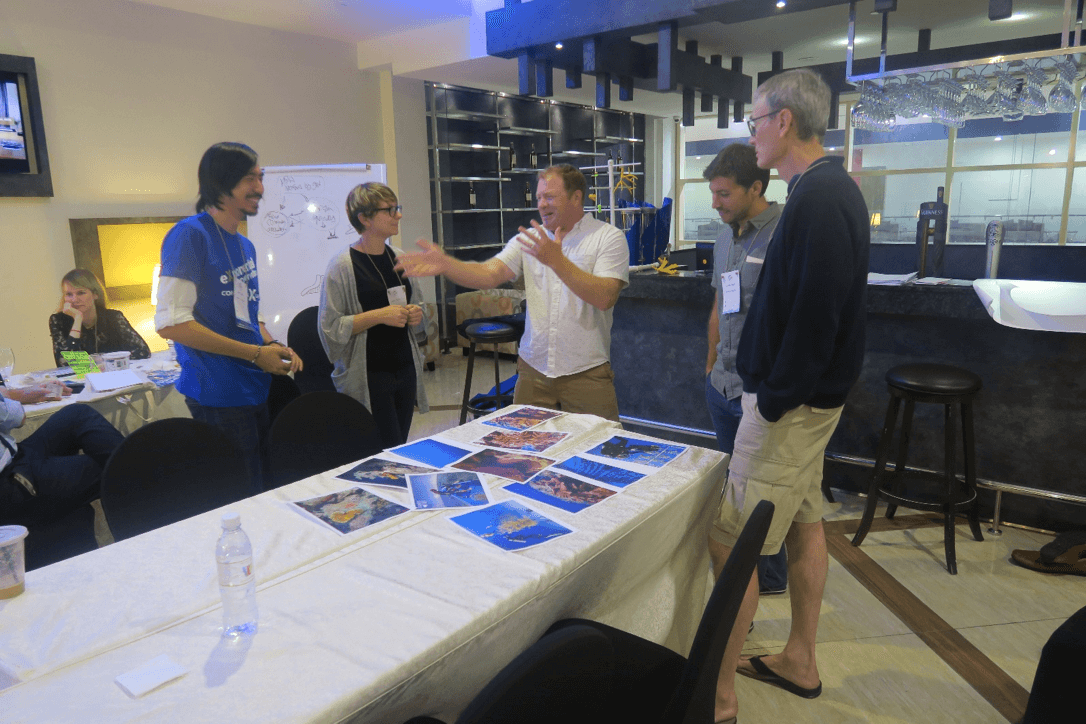
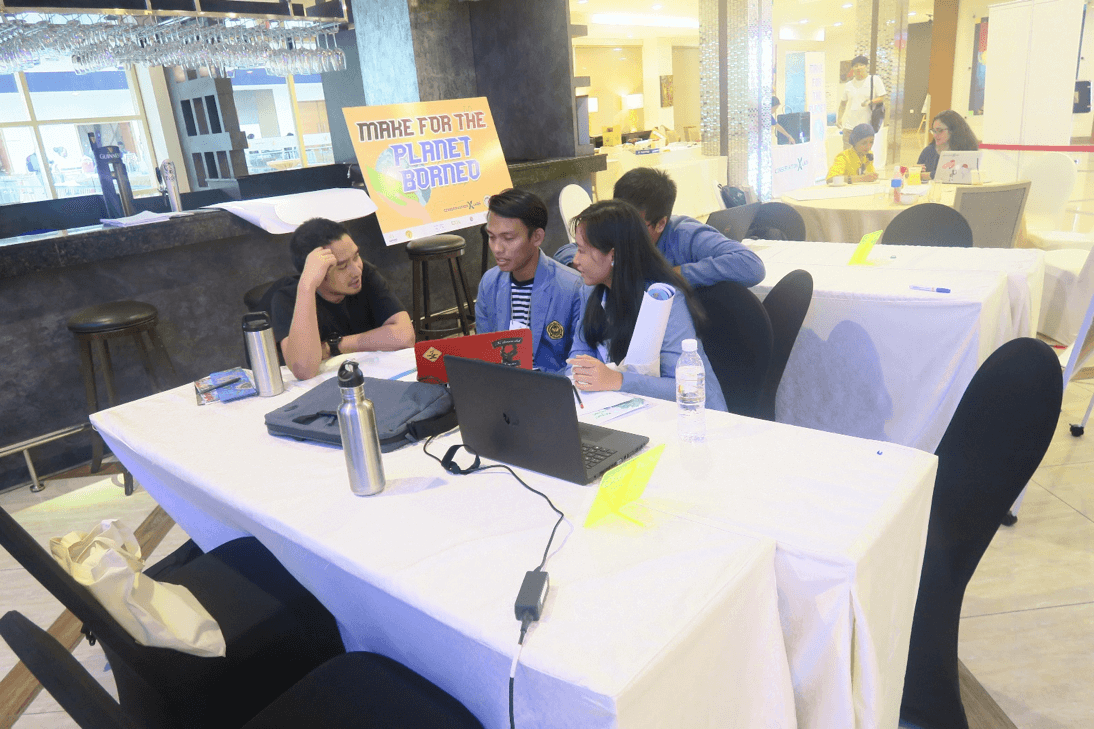
The afternoon of June 25th was featured with the interaction & brainstorming of each team and their respective mentors. After communicating with the mentors, each team got to understand the core problem of each challenge, and it also provoked the teams to rethink assumptions, and then re-organized & optimized the ideas to make prototypes/ models, in the end came up with a solution. For team members and mentors, it was a super-busy day. Even though each team had prepared before the event, they got new inputs and insights for optimizing their solutions after discussing with the mentors:
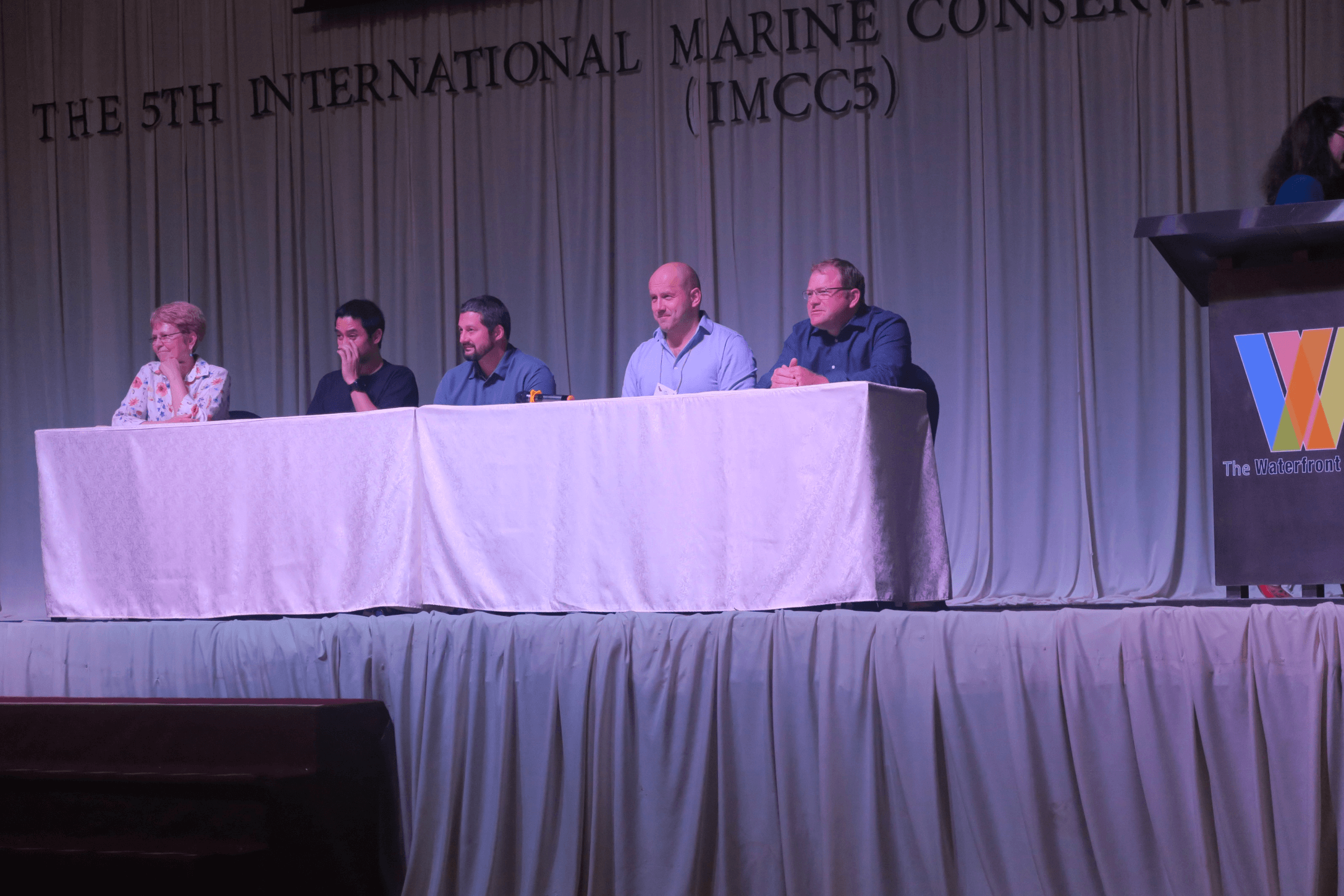
Born and raised in the inland of China, I have heard of the wildness and vastness of the ocean, but I’ve never known that it can also be destroyed and “conquered”/”tamed”. I have never given it serious thoughts about the damages of human activities. And I’ve been happy to know that there are a group of people out there working on protecting the ocean and reducing the damages to the ocean. And it’s such an honor to meet and work with them.
The communication with participants of M4TP also led me to reflect more in-depth about human activities. Sometimes human beings’ pursuit and exploration were out of good wills, which at the same time made us neglect the side effects of these activities. We should not take it for granted to enjoy the conveniences brought to us by the takeaways in the food industry. Think twice before taking taxi or shopping online/ ordering take-outs, imagining the wastes/plastics/papers that we have thrown away with each order and act more responsibly as a global citizen, this is what I told myself at the end of the day.
June 26th and 27th are the busiest days for me as well as the participating teams. Some teams might have already started making the hardware, yet most teams began making on June 26th. And from my observation, these two teams made the best preparation: Scoubots from Hong Kong, and Seacology from New Zealand. Spoiler alert: these two teams made it to the final round, and been selected as #1 and #2 for the competition. This shows the importance of preparation 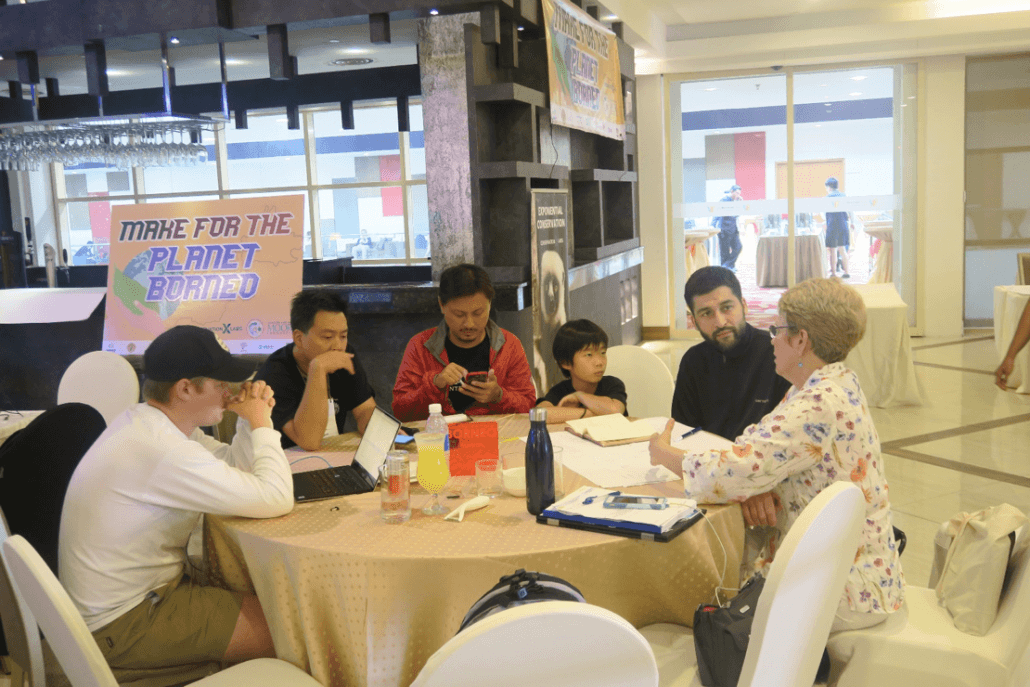
Now Let me introduce these two teams. Scoutbots is a team from MakerBay, a maker space in Hong Kong. There were 4 team members, and the team leader is Cesar Harada (an old friend of Seeed), who is the Director of MakerBay, also the creator of Protei. Cesar has an extraordinary passion for Open Hardware for the Environment. If you have not heard of Protei, the open source shape-shifting boat, you should check out Cesar’s TED Talk on ted.com. In the speech, he mentioned that a corporation should put environment to the first place, then people and tech, and then profits. He is not a businessman, but I hope to share the earth with someone like him. While communicating with Cesar, I noticed that he is very humble in nature, and has a high concentration while working. The Scoutbots team started making since June 25th, and they found substitutes rapidly at the occasion of lacking materials. They have strong tech capabilities and a very efficient solution (they use open source Pixhawk). In the evening of June 26th, their boat already realized some of the main functions. In the Demo Session, they presented the demonstration in a very complete and smooth style. I think this team perfectly interprets the combination of words and actions. In the end, they won Silver Prize. Congrats!! I won’t go into details about their project, you can check it out here.
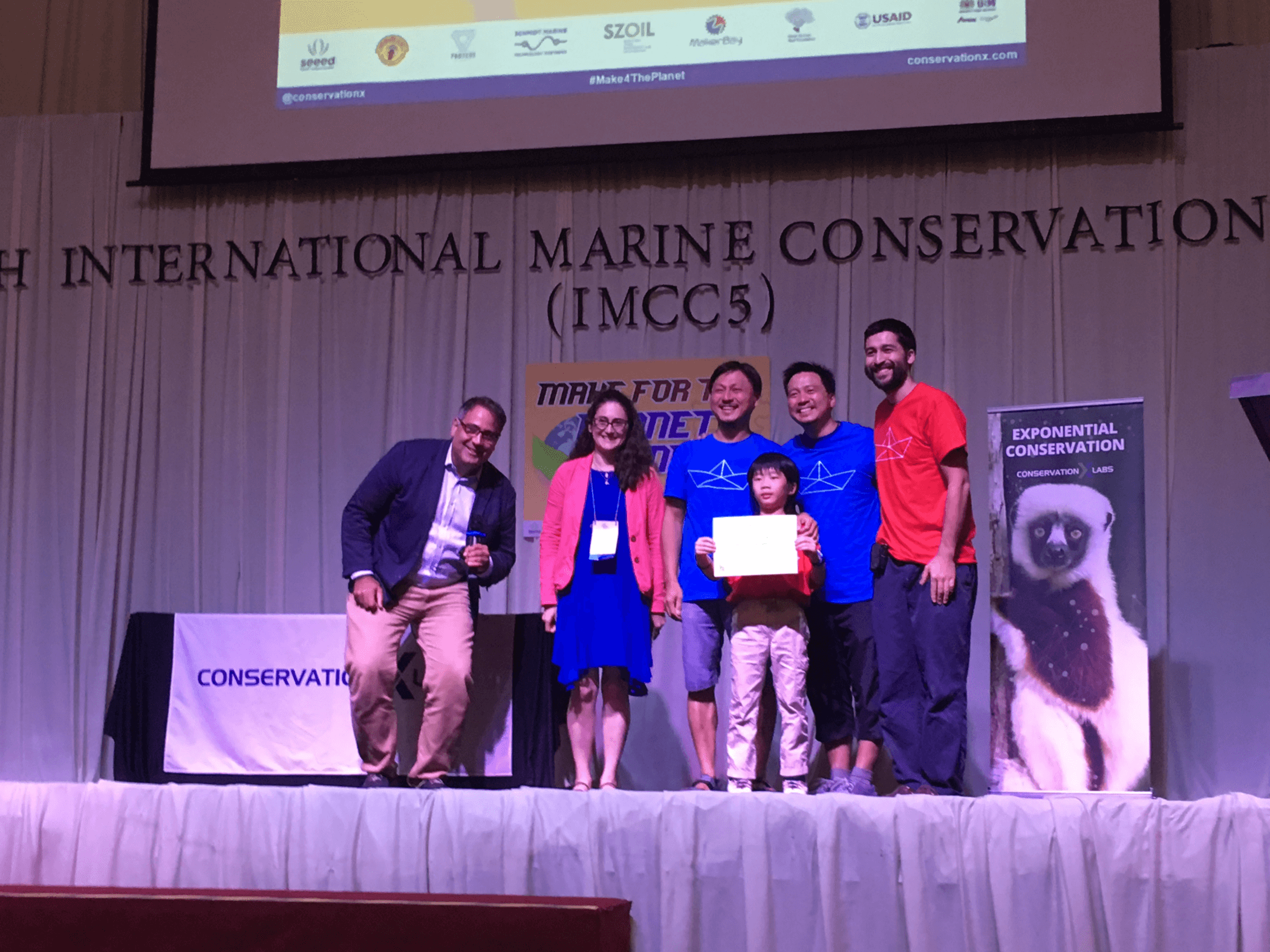
Seacolog consists of 3 team members from New Zealand and Malaysia, and one of them is Simon Werner, who is an independent researcher, and the Founder of Anemoi Robotics. He has rich knowledge in software. I met Simon from an email, which he sent me before my departure for Malaysia. From the email, I learnt that Simon needed to buy a Respeaker mic array. However it might not be able to arrive before the event starts. With the joint efforts between Violet and me, we managed to get the product in his hand when I arrived in Malaysia. They also used BeagleBone Blue in their solution. And I told him, BeagleBone Green with Grove Motor will enable them to build a higher-power boat.
In the following days, the Seacolog team were focusing on developing their solution, which applies detect buoys to detect boats that enter MPA and then send out warnings. In the demo session, they used ReSpeaker Mic Array to detect voice. You can see more info about their project Smart Buoys on the website of CXL. They won the Bronze Prize in the Pitch Session. Congrats!
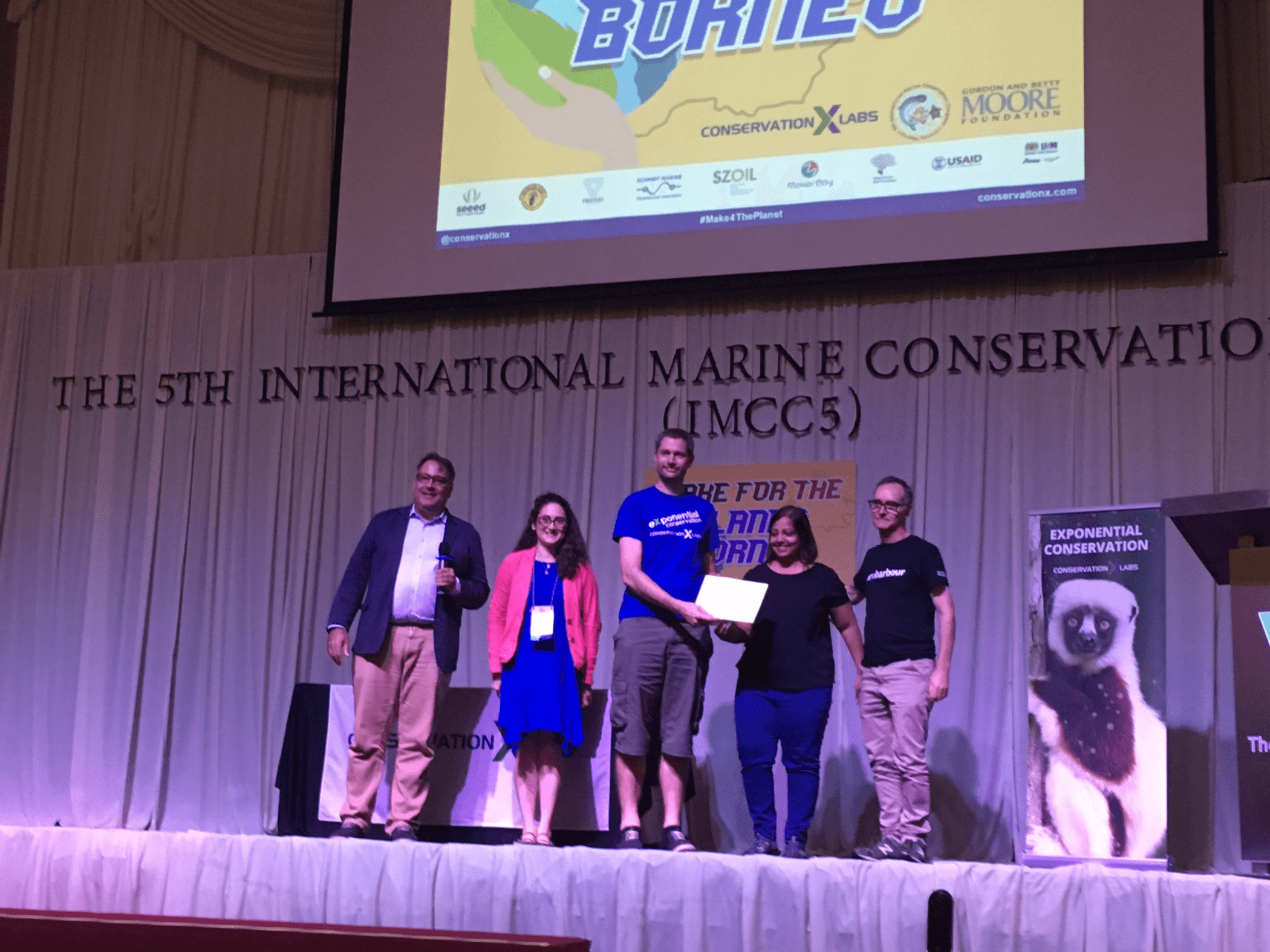
These two days I did not involve in depth with the projects, but the tech support tasks also kept me working quite late, exhausted yet got a sense of fulfillment! The team that I interacted most was team UP TO YOU from Singapore, most of the team members are Singaporean Chinese from Singapore Polytechnic. I did not know much about this school before joining this event. With frequent communication and also some “research” after the event, I realize Singapore Polytechnic is an amazing school. They’ve organized several competitions and events which combine technology, skills and social impacts.
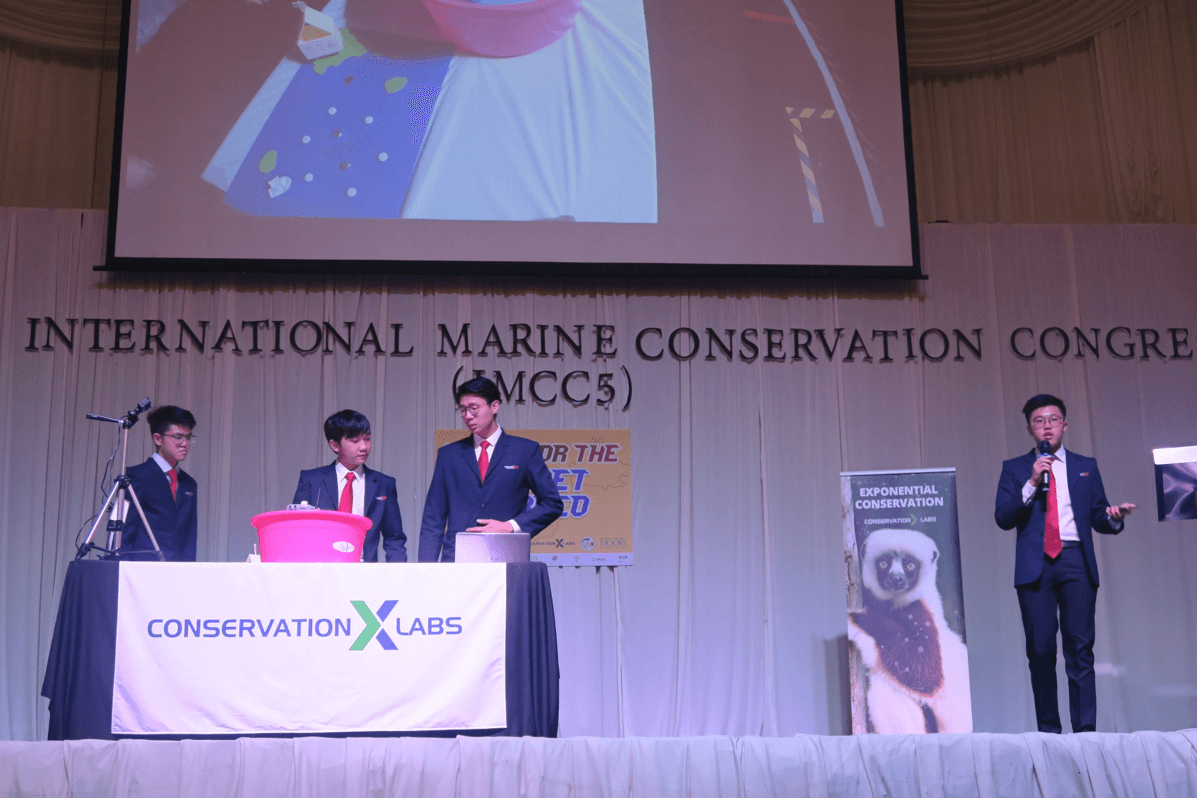
Team UP TO YOU’s solution adopts LoRa in building a low-cost IoT network, which collects data through different nodes on each buoy on the boundary of the MPA. Each buoy is equipped with an ultrasonic sensor and a camera module. When detecting boats, it will trigger the camera to take photos and send to the monitoring station via LoRaWAN. At the same time, with motors and GPS amounted on each buoy, it can drive the buoy to stay in the designated range of location. The buoy is expected to be powered by solar power, which was not realized yet during the demo. There were also an indicator and a speaker on the buoy. Since we could only find a low-definition camera module onsite, it took us a long time to calibrate this part, which also led to a little glitch during the presentation. What’s interesting is the Speeeduino module used in this project. Speeduino was created by alumni of Singapore Polytechnic, and the SP is abbreviated of the university. This is an Arduino compatible board, with an ESP21 connector. Though it’s a bit large in the size, it’s actually very practical in actual use. You can learn more about their project JAGA from this link.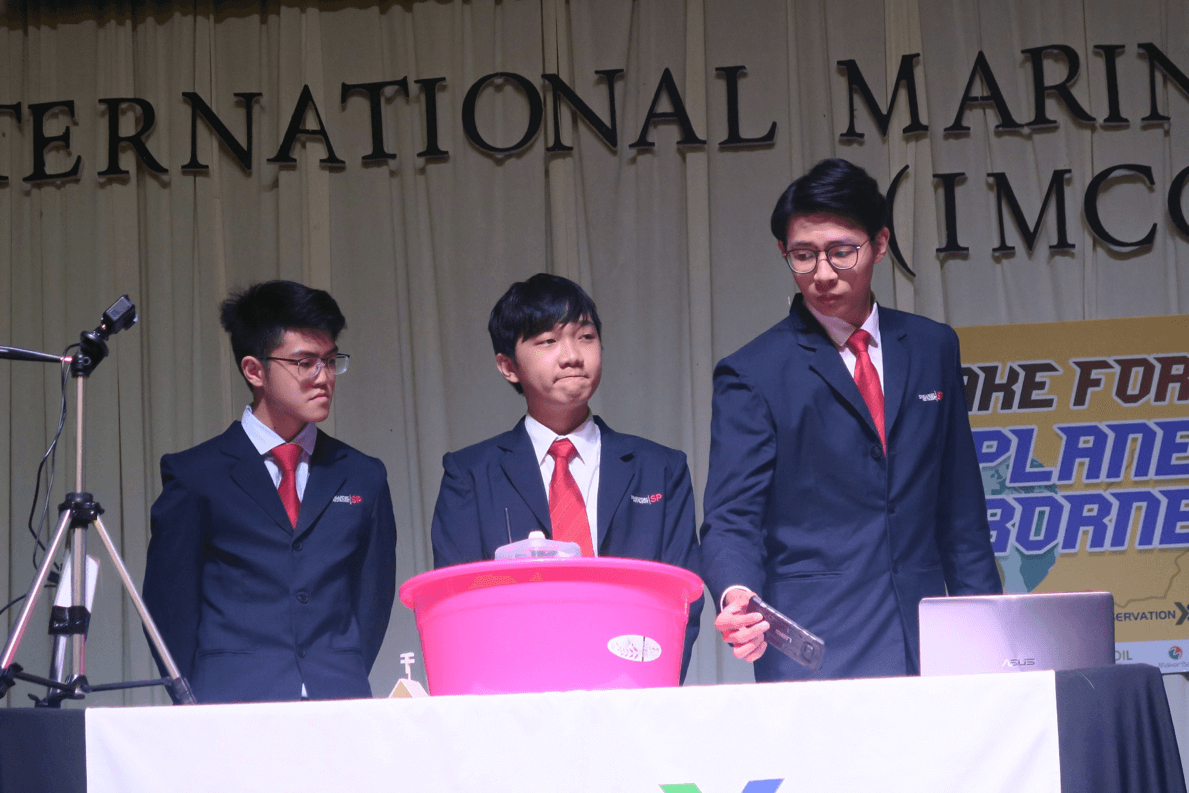
And I’ve also worked with Team 4FLYERS. They are working on solutions for the challenge “Transforming Traceability: Incentivizing catch documentation for global fisheries stability” posed by Marc – Olivier Roux. Coming from the same school as team UP TO YOU, 4FLYER is working on a project called D DADA FISHED. They designed a fish trace system that can weigh fish and track it with a QR code. They used the API of a free cloud platform thingspeak to record the information.
Since there is a conflict between two libraries while uploading the codes in Arduino, I was happy to be able to help them solve this problem. This team is highly disciplined and very efficient. In my opinion, the video they created was the best among all participants. However, unfortunately, it was not successfully played during the presentation. Hence they could not demonstrate their solution completely as expected. This is such a pity! And through communicating with Team 4FLYER, I got a better understanding of Chinese Singaporean, as well as the success of Singapore. I am sure the engineering culture in Singapore Polytechnic will thrive and the students, as well as alumni of SP, will make a great impact on the society.
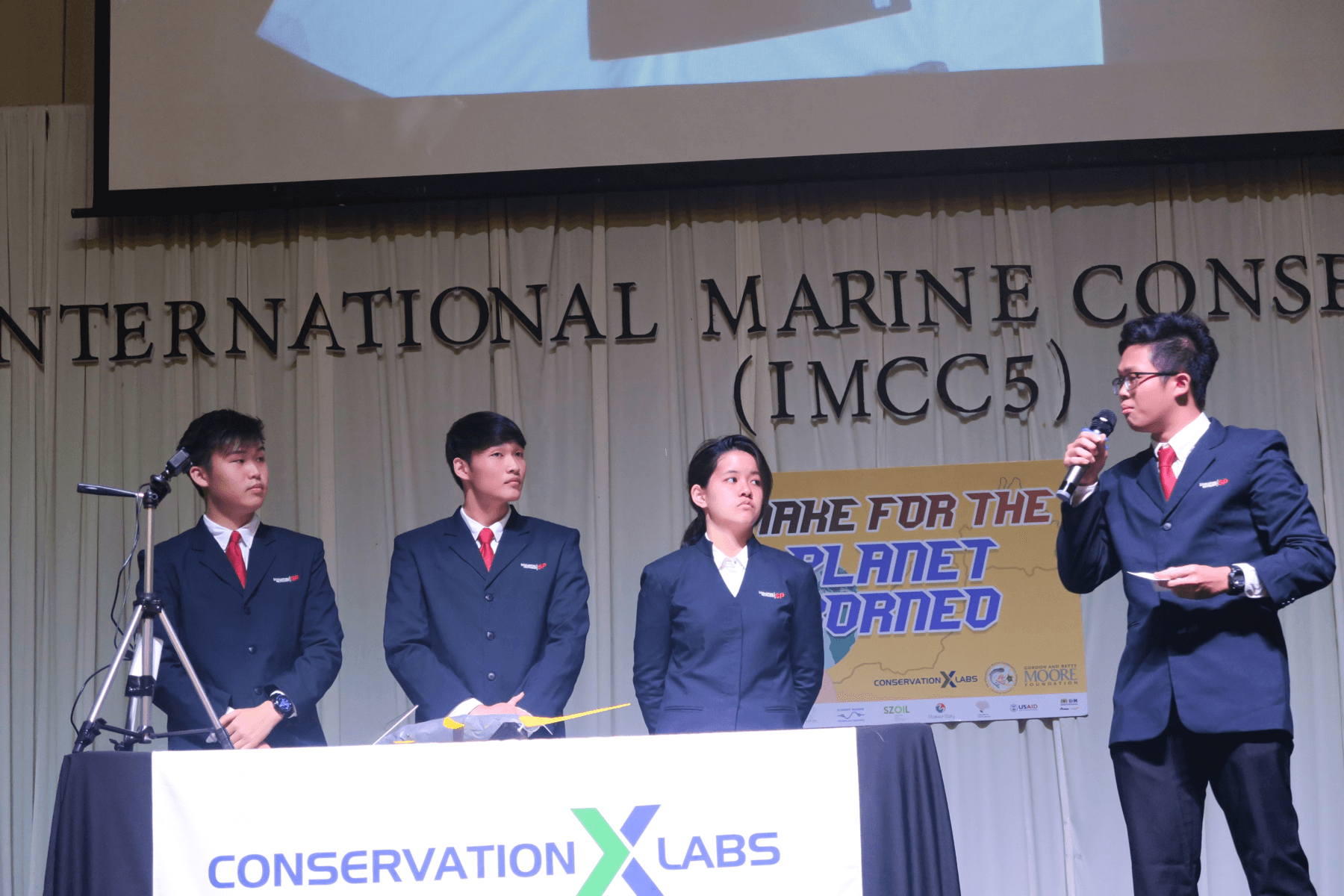
Due to the lack of fluent spoken English skills, I did not manage to interact and communicate closely with teams who only speak English. And the other team that I worked with was SEAHORSE WARRIORS, made of four Chinese Malaysians. Their understanding of China impressed me! They also watch movie on Chinese platform Tencent and Bilibili, and they also play games such as King of Glory, and they use Chinese idioms including internet slangs fluently. The team seemed to enjoy the event, at least they enjoy the process of creating solutions of the challenge. Their project THE BUBU TRAP has South-Asia features: they used bamboo to build a system that filters garbage in the river and at the same time allowing the boats to pass automatically. I worked with them in creating an auto-door system using Seeeduino, Grove- I2C mini motor drive. In the process of making, the only infrared sensor we had was broken, and we had to use laser transmitting tube & Grove Luminance Sensor to make an optical-mechanical system to detect boats.
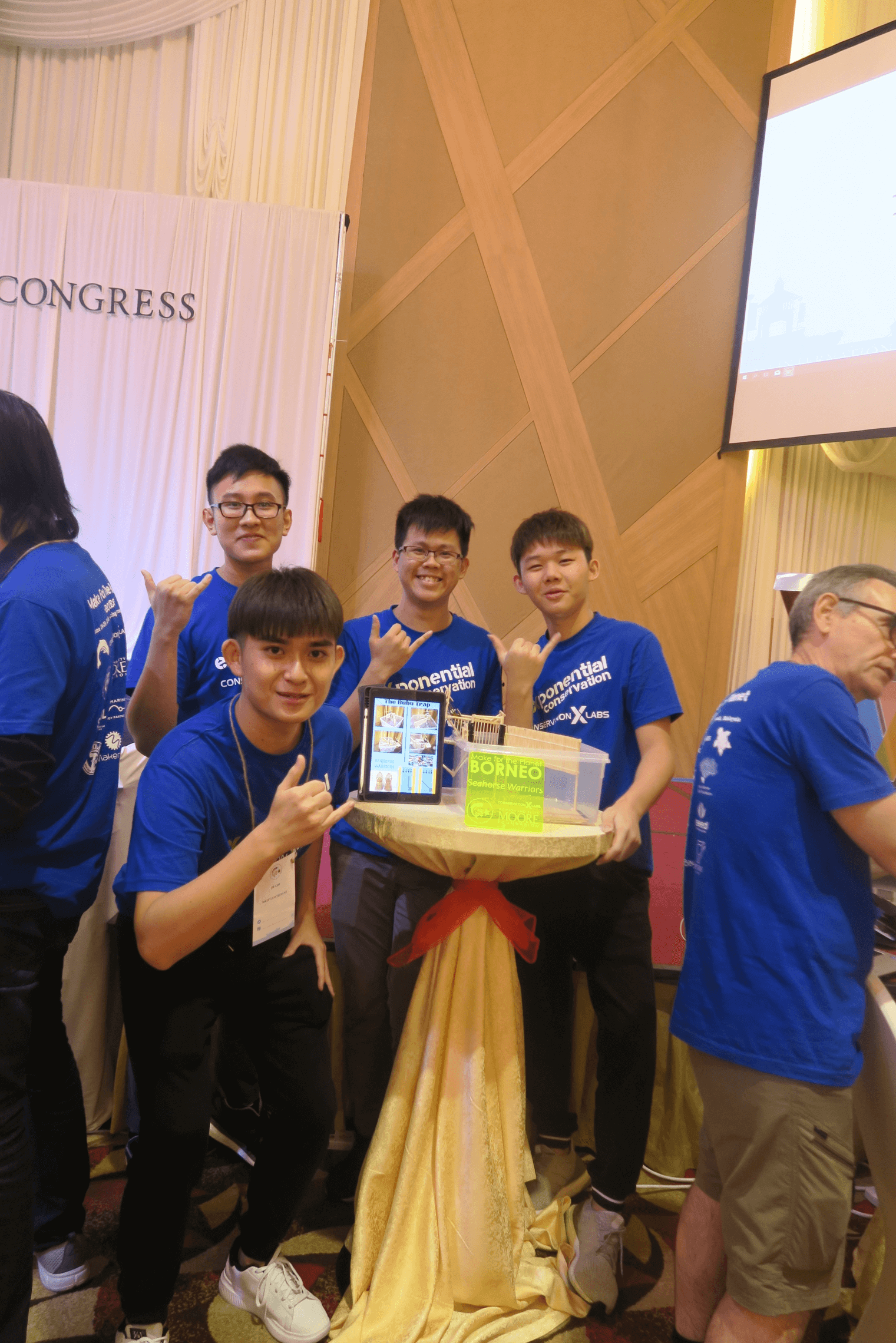
Last but not the least, I’d like to share a few of my humble thoughts:
First of all, as an engineer, I found the Seeeduino Lotus is great, very user-friendly. With the multiple Grove connectors, it allows rich extension from Seeeduino to different Grove sensors, without a Grove Base Shield.
Secondly, since the requests from teams are various, I could not prepare comprehensively to provide support to all requirements onsite:
(1) The Mini Motor Driver could not work without changing the sampling resistor.
(2) Some teams are interested in using the PH sensor in their solution, which is quite reasonable for marine/ocean conservation projects. However, according to Violet from the emails, this product was out of stock, which was really a pity. Since many teams prepared according to the previous product list, they had to adjust and tweak their solutions with the resources available.
(3) Some projects need camera modules, however, camera modules were not provided in advance, and the ones they found were obsolete products, bringing many tech problems in the process of development.
(4) Creating a solution is important, however, it is challenging to finish it within a limited time: a few days. During this event, some of the projects are still in the demo stage. And the great news is the prizes provided by the Conservation X Labs will be able to support the teams in further developing their solutions into solid products.
written by John Henry
